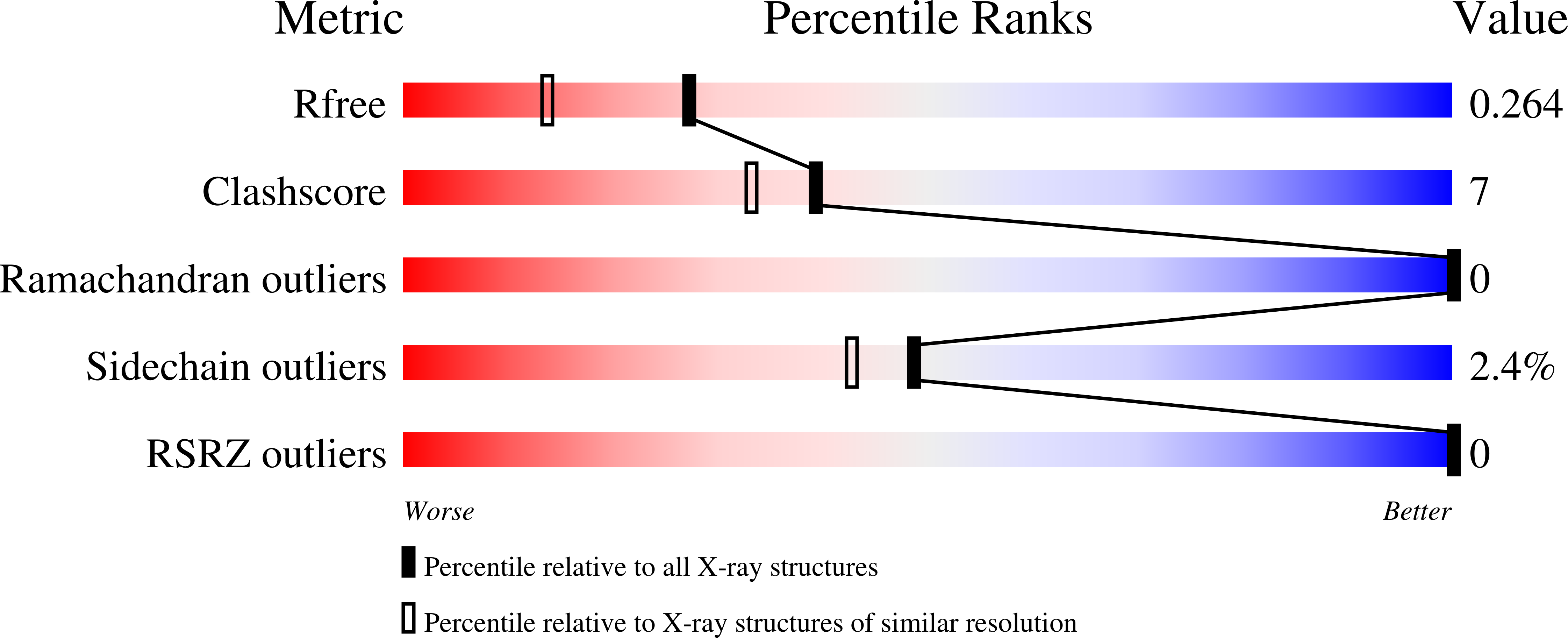
Deposition Date
2005-04-12
Release Date
2006-06-20
Last Version Date
2023-08-23
Method Details:
Experimental Method:
Resolution:
1.90 Å
R-Value Free:
0.26
R-Value Work:
0.22
R-Value Observed:
0.22
Space Group:
P 43 21 2


